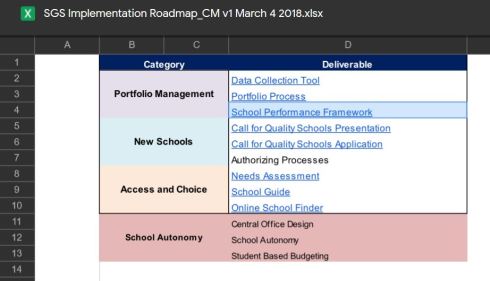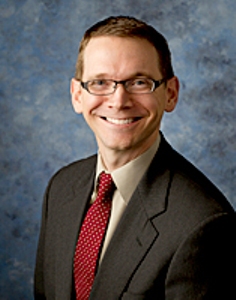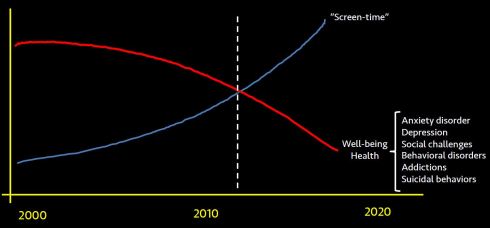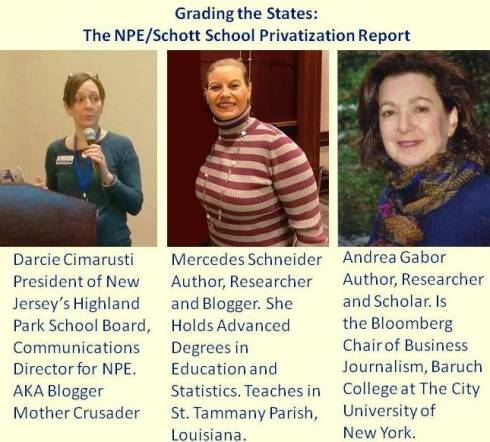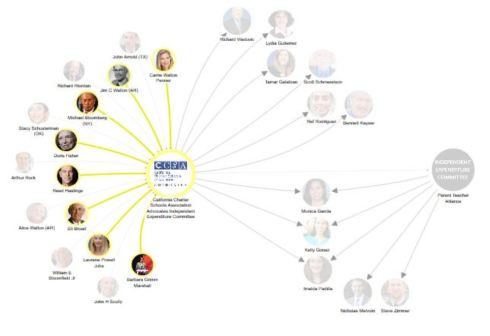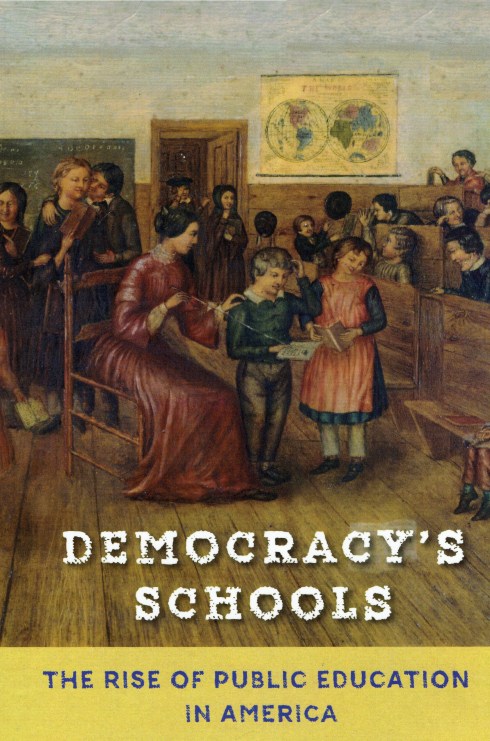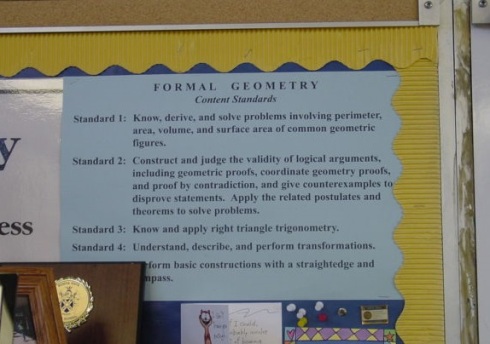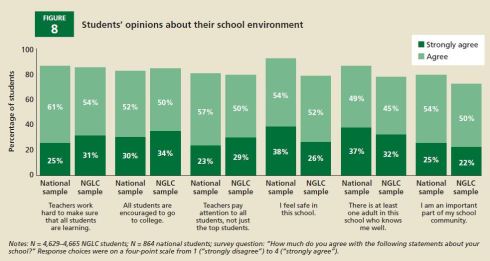By Thomas Ultican 1/1/2020
Historian and former United States Assistant Secretary of Education, Diane Ravitch’s, new book, Slaying Goliath: The Passionate Resistance to Privatization and the Fight to Save America’s Public Schools is due for release January 21. This masterpiece weaves together recent history with illuminating data concerning “corporate driven education reforms.”
The reported community response to self-anointed reformers is spiritually uplifting. Ravitch presents strong evidence that resistance to their reforms is carrying the day. She declares, “Judged by their own chosen metrics – standardized test scores – the fake ‘reforms’ failed.”
Diane tells a deeply personal story of her own journey through the education wars while bringing to life the experiences of teachers, students and parents harmed by “fake reforms.” In this captivating read, Ravitch describes the fight to save the commons.
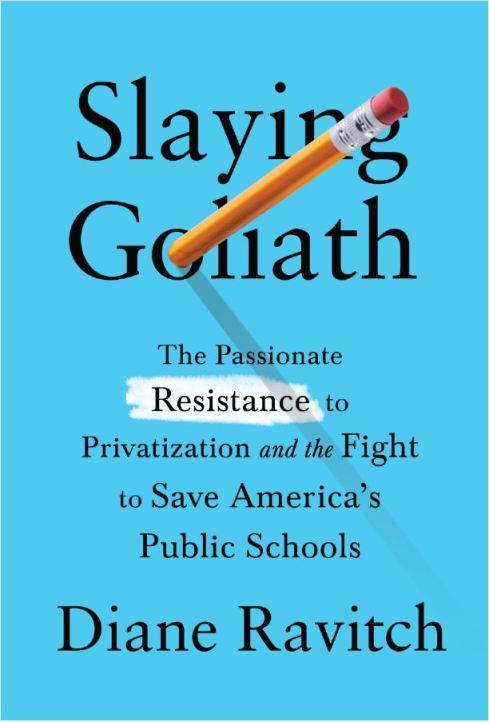
Disruption and Changing Course
There is a parallel between Diane Ravitch and Elizabeth Warren. Both Warren and Ravitch were scholars whose research led them to a profound change of thought. Warren was fundamentally a moderate Republican when she began researching bankruptcy law. Ravitch was an advocate of top down standards based education reform. Through their personal research both these women awakened to personal error and went out to make amends. Warren became the bane of the banking industry and a tiger in Democratic politics. Ravitch threw up a stop sign in front of “corporate education reform” and has become its most virulent opponent.
When I mentioned something Ravitch wrote in 2012 to a teacher colleague, that veteran teacher in my neighboring classroom expressed open hostility toward her. He remembered Lamar Alexander’s resident scholar in the Department of Education and her full throated advocacy of standards and testing accountability. He remembered her papers published by the Brookings Institute. Since then, Ravitch has overcome many of her skeptics by working harder than anyone else and fearlessly leading the fight to save authentic public education.
In Slaying Goliath Ravtich shares,
“Having worked as assistant secretary of education for the Office of Educational Research and Improvement in the administration of President George H. W. Bush and for many years in some of the nation’s leading conservative think tanks, I had hoped that privatization and testing would produce sweeping improvement, especially for the neediest students. It didn’t. I couldn’t pretend otherwise. I came to realize that the privatization movement was a continuation of a decades-long campaign by right-wingers who hated public schools, which they derisively called ‘government schools.’ I renounced my own past views and determined to expose the well-funded smear campaign against American public schools and their teachers.”
What should we call the proponents of the choice agenda fueled by standardized testing driven accountability? What do we call those wealthy elites financing the push for charter schools, vouchers and public school closures? Ravitch refuses to call them “reformers” or what they promote “reform.” She recites various appellations people use; “deformers,” or the “financial privatization cabal,” or the “Destroy Public Education Movement.” She observes that “reform” has positive connotations that denotes ‘“improvement,’ ‘progress,’ and ‘uplift.’”
An oft stated goal of this corporate driven agenda is disruption. Disruption is an odd management theory championed at Harvard University in 1995. It posits disruption as a needed ingredient for innovation-driven growth. Ravitch decided they have named themselves.
“They are Disrupters. They are masters of chaos, which they inflict on other people’s children, without a twinge of remorse.”
From the beginning of the book on, Ravitch refers to the “Disrupters.”
Strategy of the Disrupters
A natural starting point for analyzing the era of the Disrupters is the Reagan administration’s 1983 polemic, “A Nation at Risk.” Ravitch shares that Ronald Reagan assumed the presidency with three goals for public education; (1) abolish the US Department of Education, (2) restore school prayer and (3) introduce school vouchers for religious and other private schools.
His Secretary of Education, Terrel Bell, had other ideas. To save the department, he established “The National Commission on Excellence in Education.” In its report written by American business leaders and a venerated scientist, they did not call for prayer or vouchers, however, they blamed public education for the nation’s economic struggles which Ravitch saw as “no less destructive.” She cites an NPR report in which the authors candidly admitted that the data was “‘cherry-picked’ to make American public schools look as bad as possible.”
When the Department of Energy commissioned engineers at the Sandia Nation Laboratories to study the current status of American education in 1990, they criticized “The Nation at Risk” as overly alarmist. Sandia found that test scores, graduation rates, and other indicators were actually improving. In Slaying Goliath, Ravitch’s shares an insiders perspective. She writes,
“At the time, I was assistant secretary of education for education research and improvement, and in 1992, I attended the Energy Department’s briefing about the Sandia report. I accompanied David Kearns, former CEO of Zerox, who was deputy secretary of education, to the meeting. He was outraged by the Sandia report, which contradicted the view of the Department of Education that American public schools were failing and needed radical change. The Energy Department never published the report, but it was immediately leaked to hundreds of influential researchers, who wrote about its findings. In retrospect, the Sandia report got it right. The late Gerald Bracey, a prolific and outspoken education researcher, was highly critical of the conventional wisdom, which I was then defending. I hereby personally apologize to him. He was right. The “crisis in education” was a politically inspired hoax, or as the eminent researchers David Berliner and Bruce Biddle later called it, a ‘Manufactured Crisis.’”
What do disrupters want? They want:
- Inexperienced teachers with little or no training from organizations like Teach For America.
- To replace teachers with machine teaching (“blended learning” – “personalized learning”).
- To move fast and break things including school systems, historic schools and communities.
- To eliminate local democratic control over schools.
- To eliminate teacher tenure and seniority rights.
- To eliminate teacher defined benefit pensions.
- To eliminate teachers unions.
- To evaluate teachers and schools with standardized test scores.
- To lower taxes and reduce spending on education.
Ravitch goes into significant detail about who are the disrupters. She calls out the billionaires in the private sector driving the school choice agenda and highlights their spending. She states, “Every Republican governor is a disrupter, because they actively support privatization by charters and vouchers.” However, she notes that rural Republican officials understand that public schools are the anchors of their communities and do not support privatization. The Democratic Party also has many disrupters but not in as great of numbers as the Republicans and generally no Democrats support vouchers. The last two Democratic Presidents, Bill Clinton and Barack Obama, were disrupters.
Conservative groups supporting disruption include the far right Heritage Foundation and the libertarian Cato Institute. Ravitch asserts, “The radical right-wing American Legislative Exchange Council (ALEC) is the key organization in the world of disruption advocacy.”
She lists more than a dozen pro-disrupter “think-tanks” on the right including the Thomas B. Fordham Institute and the Center for Education Reform which Ravitch describes as liking “every choice in schooling except public schools.”
Before his 1998 election to the governorship of Florida, Jeb Bush served on the board of the Heritage Foundation where he developed his education plans. Diane cites his A+ Plan for education as the “template for disruption.” It combines choice, competition, high-stakes testing, grading schools with A-F grades and accountability as the formula for excellence in education.
Two “liberal” groups, the Center for American Progress (CAP) and Democrats for Education Reform (DFER), push most of the disrupter agenda. In her description of DFER Ravitch writes,
“In 2005, several hedge fund managers – Witney Tilson, Ravenel Boykin Curry IV, John Petry and Charles Ledley – launched Democrats for Education Reform at a posh party on Central Park South in Manhattan, where the inaugural speaker was a young senator from Illinois named Barack Obama. DEFR, as it is deceptively called, was founded to support school privatization by making strategic campaign contributions. Inspired by DFER, charter schools became the pet passion of Wall Street.”
“It is likely difficult to throw a beanbag in a corporate or Wall Street boardroom without hitting a member of the board of a charter chain.”
The Victorious Resistance

Tom Ultican and Diane Ravitch at the 2018 NPE Conference
The picture above was taken just over two months before the historic LA teachers strike on January 14, 2019. Following the massive teachers strikes in West Virginia, Oklahoma and Arizona, the LA strike was the first one led by a sanctioned teachers union. When the teachers settled their strike after nine days, they did not get any bump in the original take home pay offer but they won big.
USA Today reported, “‘this is much more than a labor agreement,’ said UTLA President Alex Caputo-Pearl. ‘It’s a very broad compact that gets to social justice, educational justice.’” The Los Angeles agreement included class size reductions in all grade levels, 300 additional school nurses, 80 new teacher librarians, one counselor for every 500 students and a 3 percent raise for teachers.
In Arizona, a group of six women established Save Our Schools Arizona to fight the Koch brothers initiated large voucher expansion proposal which was adopted by the Arizona state government. At the Indianapolis NPE conference, Beth Lewis and Sharon Kirsch of SOS Arizona were presented the first of a planned annual Phyllis Bush Award. Against all odds they landed a citizens’ initiative stopping the voucher expansion on to the November 6, 2018 ballot. Later we learned their initiative won with a whopping 65% of the vote.
Ravitch tells these stories and many more of the resistance taking on Goliath and winning.
The saga of Douglas County Colorado being taken over by school privatization forces in 2011 is unique and uplifting. The disrupters immediately established a district school voucher program. That was only the beginning of their agenda, but a bi-partisan group of parents fought back. Today there are no disrupters left on the school board in Douglas County and there are no vouchers.
The account of Barbara Madeloni, President of the Massachusetts Teachers Association (MTA), leading the fight to stop the state from increasing the number of charter schools is amazing. The contest was played out at the ballot box over a referendum to expand the number of charters known as Question-2. Ravitch reports that the MTA directed Madeloni to negotiate with legislators and quotes Madeloni’s negotiating position,
“We are glad to talk, but we will not accept any deal that involves any new charter schools. Now, what do you want to talk about?”
Question-2 lost 68% to 32%. One of the largest contributors to the yes-on-2 campaign was the world’s now second richest women hailing from Bentonville, Arkansas, Alice Walton. She is an heir to the Walmart fortune.
A Concluding Analysis
Ravitch’s books like The Death and Life of the Great American School System and Reign of Error are scholarly efforts that serve for years as references. Yet, they are written in a fashion that gives the average reader access to the material in an enjoyable and understandable way. I believe that in Slaying Goliath: The Passionate Resistance to Privatization and the Fight to Save America’s Public Schools, Ravitch has upped her game. The stories are riveting and the scholarship underlying them is first rate. This is another game changing book from Diane Ravitch.
Twitter: @tultican
